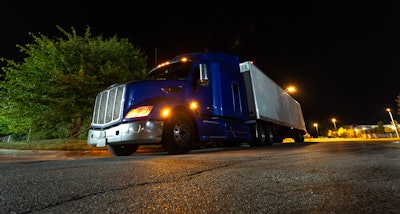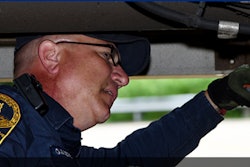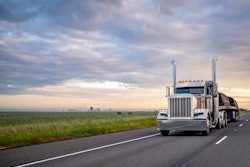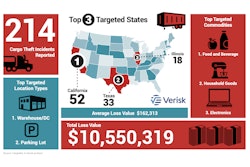
Crime does not take a holiday.
Cargo theft recording firm CargoNet says it expects a “significant threat” to freight transportation this upcoming Memorial Day weekend.
 Alcoholic beverages are a favorite target of cargo thieves.
Alcoholic beverages are a favorite target of cargo thieves.
Additionally, activity for the 2020 Memorial Day weekend increased 35% from the same weekend in 2019. The stolen cargo in each event was worth an average of $308,308 – due in part to five thefts that exceeded $1 million in stolen goods.
CargoNet says 20% of recorded thefts occurred on Friday, and a significant number of thefts also occurred on Sunday (16%) and Monday (15%).
Food and beverage items were the most commonly stolen, and cargo thieves targeted a wide range of products in this category. The most common were alcoholic beverages, seafood products, and meat products. Electronics were not a significant target in previous years, but CargoNet's analysts “are near certain that these goods will be targeted this upcoming holiday.”
 Seafood and meat are also often stolen while in transit.
Seafood and meat are also often stolen while in transit.
CargoNet suggests those in the supply chain can mitigate theft of these shipments by arranging for same-day delivery of short-haul shipments, embedding covert tracking devices in the shipments, and using high-security locks to prevent trailer burglaries. Additionally, drivers should adhere to the "red zone" rule and avoid stopping within 250 miles of pickup. Drivers should also be on the lookout for any vehicles that appear to be following them.









